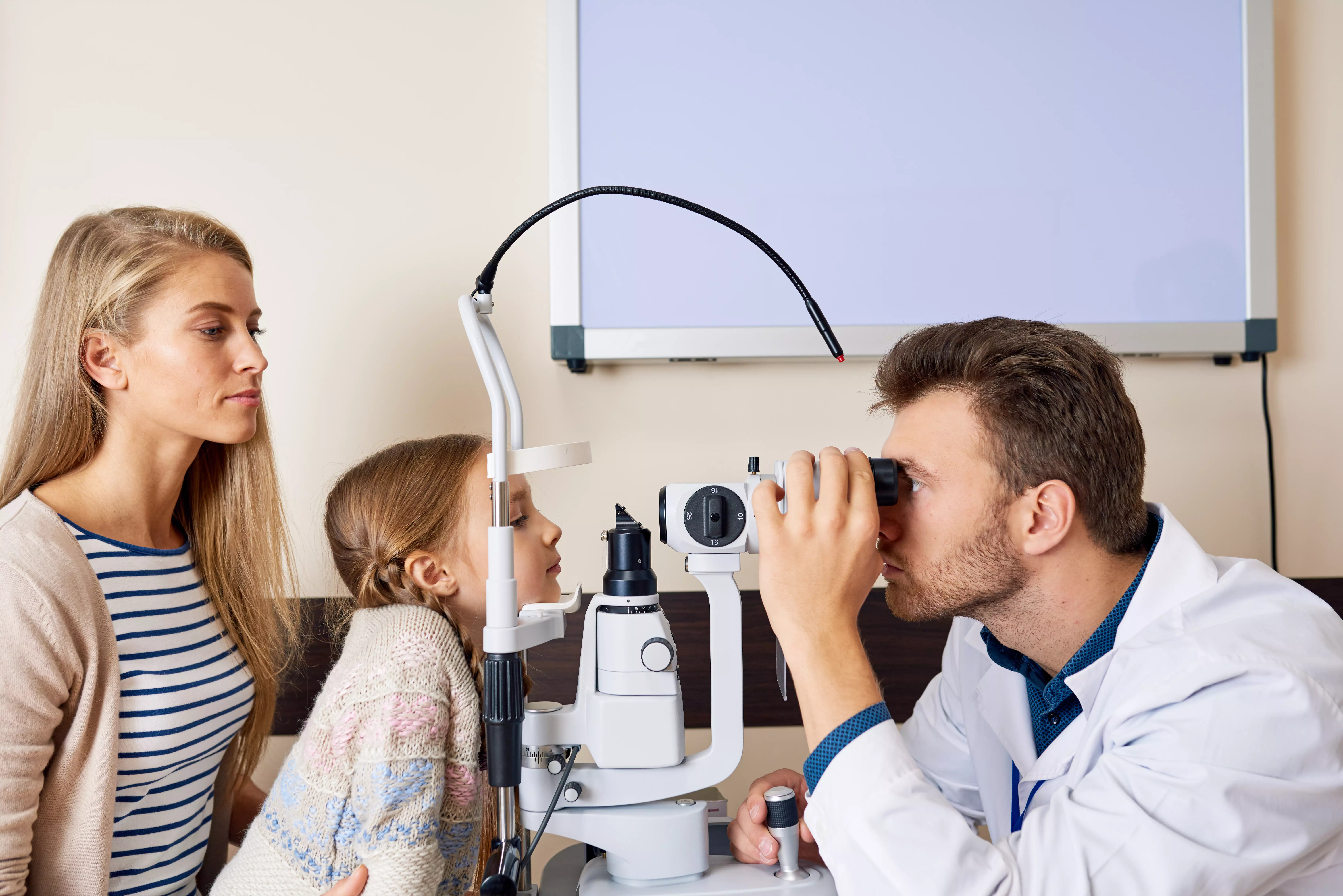Diagnosis and treatment of dry eye syndrome
Diagnosis and treatment of dry eye syndrome
Dry eye syndrome is a common condition affecting many people around the world. It manifests itself as a burning sensation, dryness, dryness of the conjunctiva and excessive tearing. Although this problem may seem minor, it can significantly affect our quality of life. In this article, we will discuss methods of diagnosis and the most effective treatments for dry eye syndrome.
Diagnosis of dry eye syndrome
Diagnosis of dry eye syndrome is a key step in determining the appropriate treatment plan. There are several different methods that can be used to identify the cause of the problem.
1. Objective examination of the eye
During an objective examination, an ophthalmologist evaluates the quality and quantity of tears based on various tests. One frequently used test is to measure the amount of tears by applying a special dye to the surface of the eye and observing the time that elapses from the time of dropping until the first sign of evaporation.
2. Patient subjective examination
Patients often describe their complaints, such as feelings of discomfort, burning or dry eyes. The doctor conducts a detailed interview to get a complete history of the patient and to understand the symptoms and their timing.
3. Schirmer test
To confirm the diagnosis of dry eye syndrome, the doctor may choose to perform the Schirmer test. It involves placing a special thread in the corner of the patient's eyelid, which absorbs tears. After a period of time, the amount of absorbed moisture is assessed. The result of this test helps to assess tear production and determine how advanced the disease is.
Treatment of dry eye syndrome
Once the diagnosis is made, the doctor develops a personalized treatment plan for dry eye syndrome. Depending on the cause of the problem, different treatment methods may be used, such as:
1. Artificial tears
Artificial tears are available over-the-counter and can be used by patients to moisturize their eyes. They restore natural moisture levels and reduce discomfort. There are many different brands available on the market, which can be individually selected to meet the patient's needs.
2. Antibiotic or steroid eye drops
In the case of dry eye syndrome caused by inflammation, the doctor may prescribe antibiotic or steroid eye drops. These medications help reduce inflammation and enhance natural tear production.
3. Surgical treatments
In some cases, when available treatments do not provide relief, surgery may be necessary. One common treatment is the insertion of small plugs into the tear drainage pathways to increase the amount of tears remaining on the surface of the eye.
4. Lifestyle modification
With dry eye syndrome, it is often important to make lifestyle changes to help alleviate symptoms. Avoid prolonged computer use, smoky rooms and air conditioning. Taking regular breaks while working in front of a monitor and using protective eyewear can also provide relief.
Summary
Dry eye syndrome is a condition that can significantly affect our daily lives. Diagnosing this problem is a key step in determining an appropriate treatment plan. There are a variety of treatments that can be used to alleviate symptoms. Artificial tears, antibiotic or steroid eye drops and surgery are just some of the options. It is also important to consider lifestyle modifications to alleviate the discomfort associated with dry eye syndrome. If you experience any symptoms related to dry eye, it is worth consulting an ophthalmologist who will select the appropriate method of diagnosis and treatment.